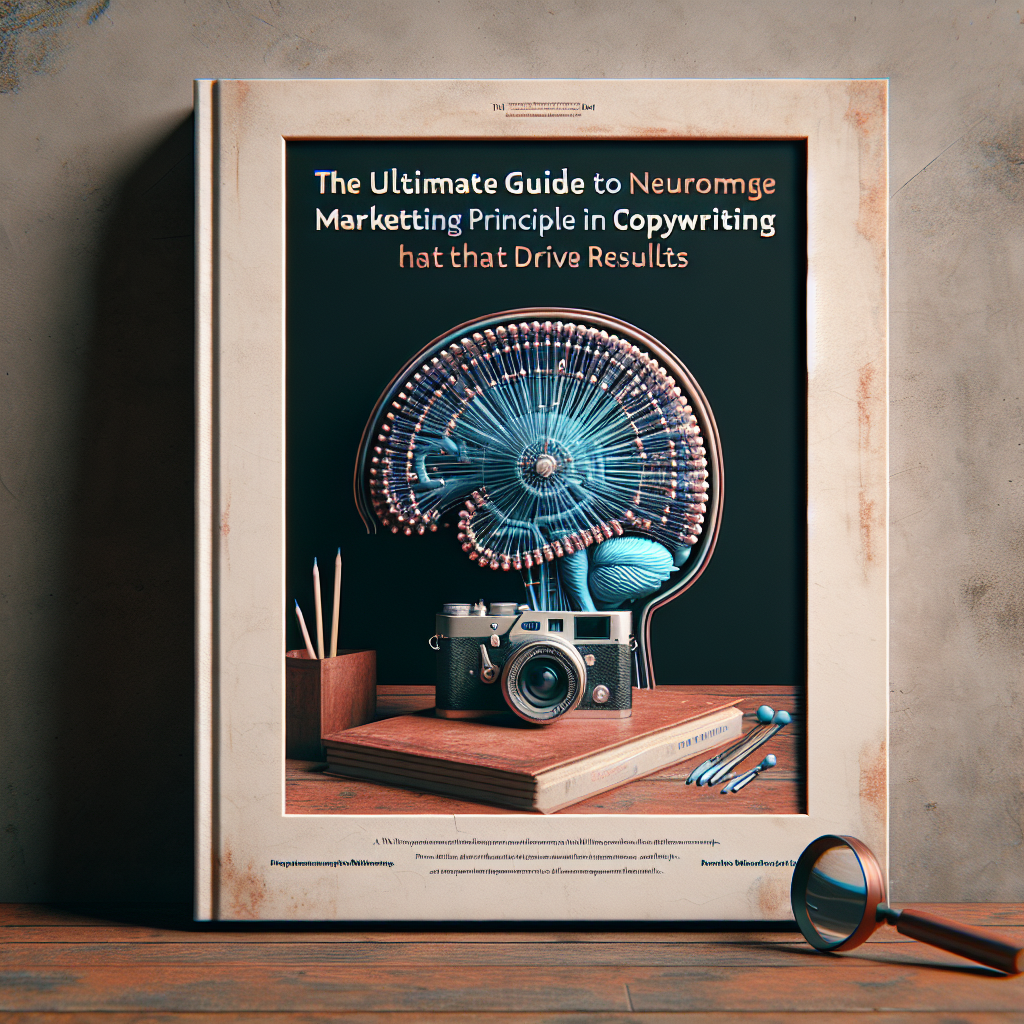
Table of Contents
- 1. Introduction to Neuromarketing Principles in Copywriting
- 2. Understanding Brand Engagement Through Neuroscience
1. Introduction to Neuromarketing Principles in Copywriting
What Are Neuromarketing Principles?
Neuromarketing principles in copywriting are based on understanding how the brain reacts to marketing messages. By tapping into subconscious triggers, copywriters can create content that resonates on a deeper level. This approach combines neuroscience with persuasive writing techniques, ensuring your message influences decision-making effectively.
In 2025, leveraging these principles has become essential for brands seeking a competitive edge. Customers don’t always make decisions consciously—most are driven by emotions, memories, and automatic brain responses. Knowing how to craft messages aligning with these processes can significantly boost conversions and loyalty.
For example, a recent study found that 95% of purchasing decisions are influenced by subconscious factors, emphasizing why understanding neuromarketing principles in copywriting is a game changer.
Why Are These Principles Crucial in 2025?
As the digital landscape becomes increasingly saturated, capturing attention is more challenging. Neuromarketing principles in copywriting allow brands to stand out by appealing directly to the brain’s core drivers. In 2025, personalized and emotionally resonant content performs better than traditional advertising.
Additionally, the rise of AI tools integrated with neuroscience data enables more precise targeting and message optimization. Marketers who embrace these principles can craft copy that not only attracts but also converts effectively.
Implementing these principles helps you to craft authentic messages that build trust, foster engagement, and ultimately drive results in today's highly competitive environment.
2. Understanding Brand Engagement Through Neuroscience
The Role of Emotional Triggers
Emotional triggers are at the heart of neuromarketing principles in copywriting. In 2025, data shows that emotional content increases engagement by over 60%. For instance, stories that evoke joy, fear, or trust create stronger bonds with audiences.

Copywriting that incorporates emotional triggers appeals to the limbic system—the part of the brain responsible for feelings and decision-making. By understanding what emotional responses your target audience has, you can tailor your messaging for maximum impact.
For example, a campaign that narrates a customer's journey—highlighting their pain points and triumphs—can activate empathy and inspire action, making your brand memorable.
Neurological Pathways and Customer Journey
Mapping the neurological pathways involved in consumer decision-making helps craft effective copy. For instance, tapping into reward centers of the brain with incentives or positive imagery can increase the likelihood of purchase.
In 2025, advanced neuroimaging studies have identified key pathways that marketers can utilize to influence behavior intentionally. These insights help create content that guides prospects smoothly from awareness to purchase.
Using storytelling elements that activate these pathways ensures your message impacts the subconscious, fostering lasting brand loyalty.
Frequently Asked Questions
- What are neuromarketing principles in copywriting?
- Neuromarketing principles in copywriting involve applying neuroscience insights to create persuasive content that influences subconscious brain responses, leading to higher engagement and conversions.
- How can I implement neuromarketing principles in my copywriting in 2025?
- By understanding emotional triggers, mapping the customer journey through neuroscience, and using data-driven insights, you can craft content that resonates at a subconscious level. Incorporating storytelling and visuals that activate specific brain regions enhances effectiveness.
- Why is neuromarketing so important in 2025?
- With increasing digital noise, applying neuromarketing principles in copywriting helps your brand cut through the clutter by appealing directly to the subconscious motivations of your audience, resulting in better engagement and loyalty.
- Are there ethical considerations in neuromarketing?
- Yes, marketers should use neuromarketing principles responsibly, ensuring transparency and respecting consumer autonomy to maintain trust and avoid manipulation.
Conclusion
In this comprehensive guide to neuromarketing principles in copywriting, we've seen how understanding the subconscious drivers of consumer behavior can transform your marketing efforts in 2025. Applying these principles effectively allows you to craft compelling, emotionally resonant messages that truly drive results. Remember, the power of neuromarketing lies in its ability to connect with your audience on a deeper level—making your copy not just seen, but felt and acted upon. Embrace these strategies today and stay ahead in the competitive landscape of 2025!

https://linkupsocialmedia.com/neuromarketing-principles-in-copywriting/?fsp_sid=4262


No comments:
Post a Comment